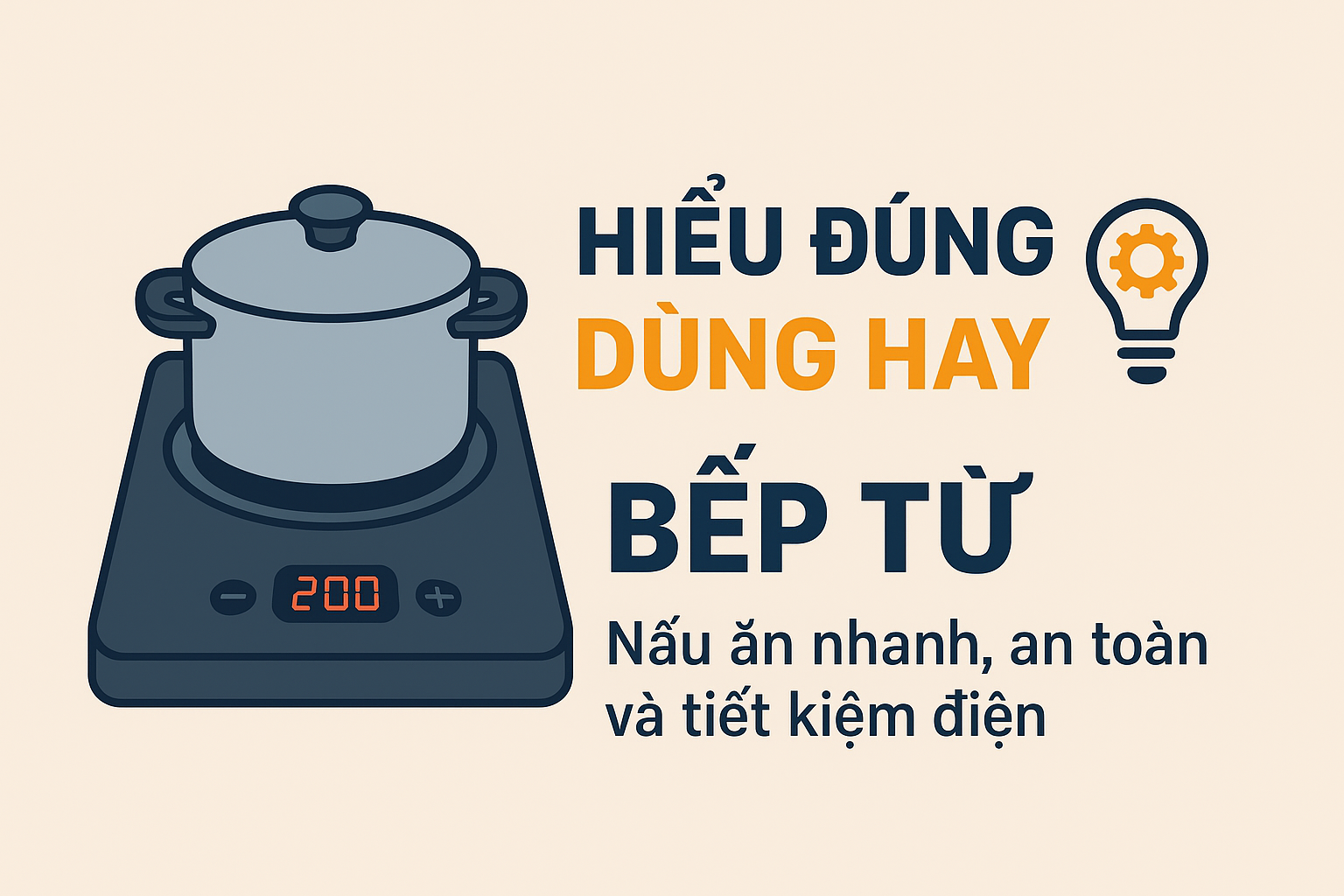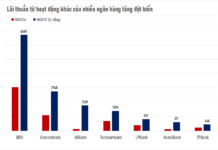
In the fast-paced modern lifestyle, induction cooktops have become a popular choice for many Vietnamese families due to their superior advantages: fast heating, safety, and energy efficiency. However, to maximize these benefits, users need to understand and apply the principle of “understanding correctly and using wisely” in their cooking routines.
Choosing the Right Pot for Optimal Performance
Induction cooktops only recognize and transmit heat to pots made of magnetic materials such as stainless steel or cast iron. Pots made of aluminum, glass, or ceramic are not suitable and will not work on an induction cooktop. The pot’s base should be flat and at least 2.5 mm thick to ensure even heat distribution and prevent warping at high temperatures. Additionally, the pot’s base should fit snugly within the cooking zone to conserve energy and enhance heating efficiency.
Make the Most of Quick Cooking Modes and Adjust Accordingly
Modern induction cooktops often feature multiple cooking modes such as “booster” (instantly increases power), timers, and heat preservation. The “booster” mode is excellent for quickly boiling water or heating, ideal for rushed meals. However, excessive use may lead to increased electricity consumption and potential strain on the cooktop’s components over time. It is advisable to adjust the power accordingly for different dishes: high power for stir-frying and moderate power for stewing. This not only saves energy but also preserves the flavors of the food.
Proper Cleaning Methods to Prolong the Lifespan
Induction cooktops have heat-resistant glass surfaces that are easy to clean, but incorrect cleaning methods can cause scratches or cracks. After cooking, allow the cooktop to cool down and then use a soft damp cloth to wipe it clean. For stubborn stains, specialized cleaning solutions and plastic scrapers can be used. Avoid using iron brushes or harsh chemicals that may damage the glass surface. Additionally, ensure the pot’s base is dry before placing it on the cooktop to prevent water stains and reduce the risk of glass cracking due to thermal shock.
Smart Habits for Energy Savings and Enhanced Safety
Do not leave an empty pot on the cooktop when it is turned on, as the generated heat has nowhere to go, leading to wasted energy and potential hazards. When not in use, unplug the cooktop or turn off the power source to prevent standby power consumption. Induction cooktops are safer than gas stoves as they do not produce an open flame, reducing the risk of fire and explosions, especially in households with young children.
In conclusion, induction cooktops offer an efficient cooking solution, but only when users choose the right pots, utilize the various cooking modes wisely, and maintain proper cleaning practices. By “understanding correctly and using wisely,” not only will your meals taste better, but you’ll also save energy and prolong the lifespan of your cooktop.




































